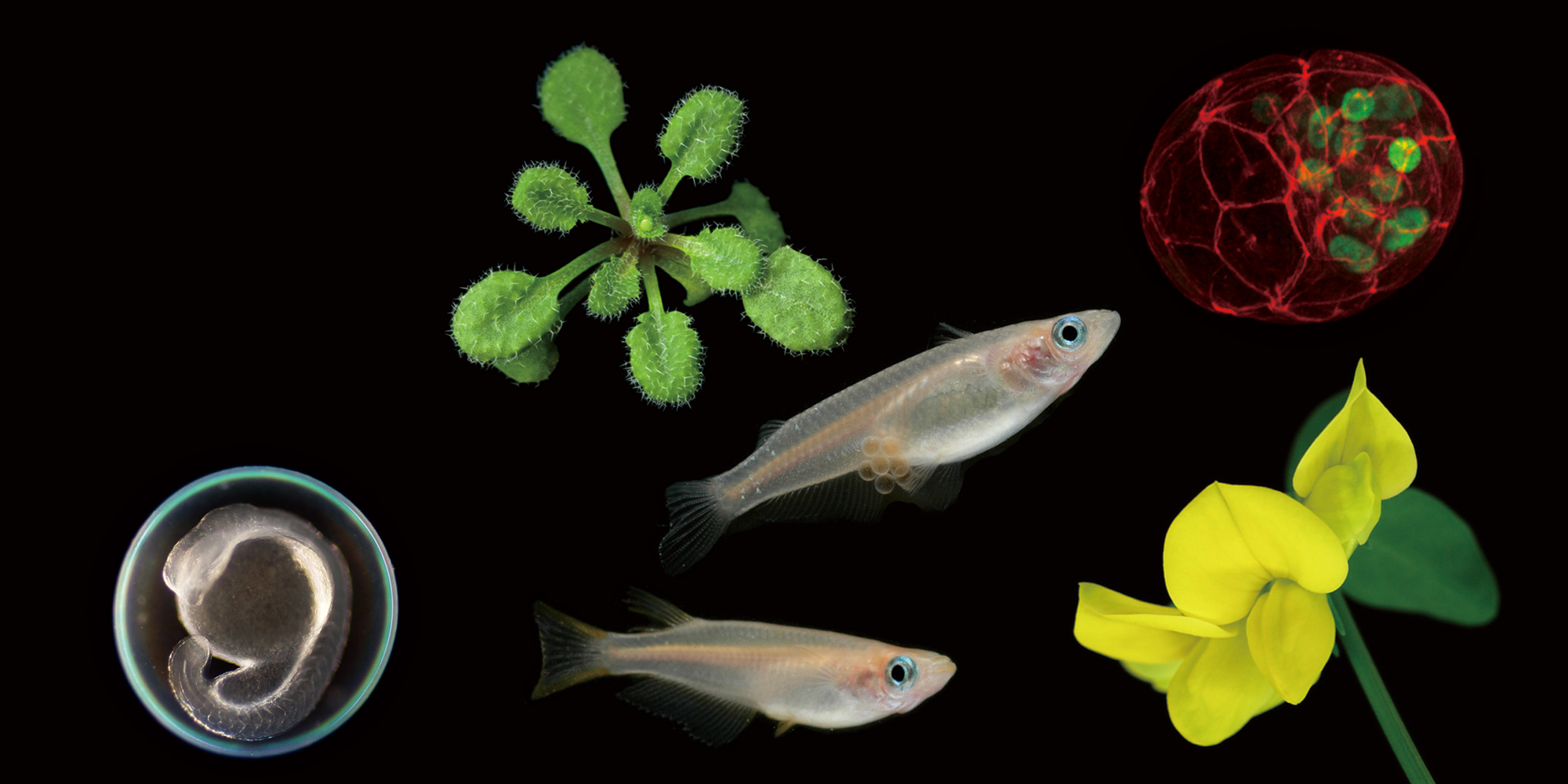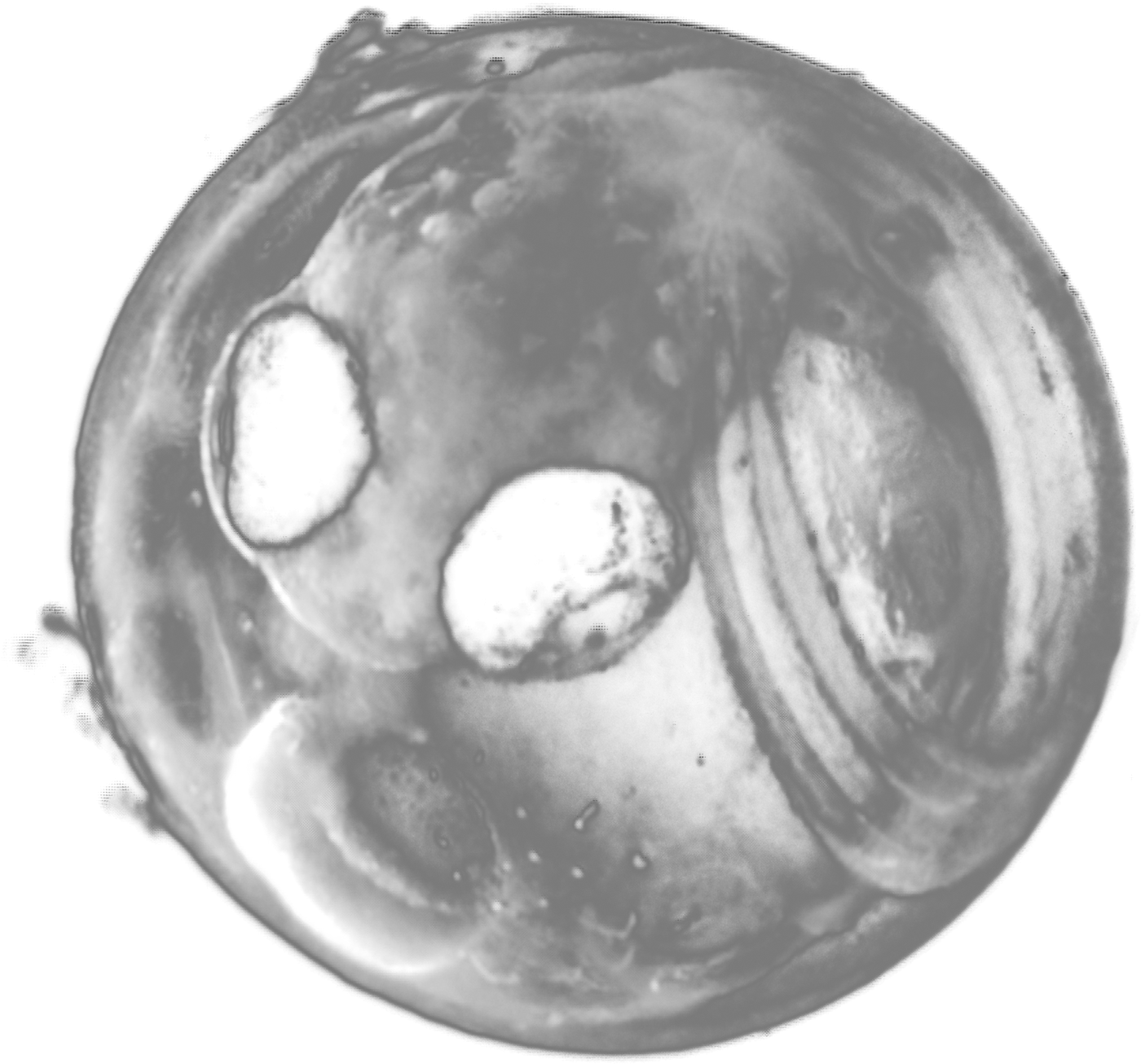2016.08.19 Other
Production of viable trout offspring derived from frozen whole fish
Dr. Goro YOSHIZAKI (Tokyo University of Marine Science and Technology)
2016. 08. 19 (Fri) 17:00 ~ 18:00
Conference Room, NIBB (Myodaiji)
Laboratory of Bioresources, Yusuke Takehana (7579)
The 9th NIBB International Practical Course
The 4th NIBB-TLL Joint International Practical Course
Open Seminar
Production of viable trout offspring derived from frozen whole fish
A number of salmonid species are experiencing rapid population decline and several species are already extinct. Long-term preservation of fish fertility is, therefore, increasingly important for the conservation of endangered fish species. The most common method to preserve genetic resources is raising live individuals in captivity. However, this strategy involves several risks, including facility accidents, infectious disease outbreaks, genetic drift, and the reduced fitness within natural habitats of individuals raised in captivity. Cryopreservation of mature oocytes or embryos would be a valuable preservation tool, but suitable techniques have not yet been developed due to the large size and high lipid content of these materials.
In the present study, functional eggs and sperm were derived from whole rainbow trout that had been frozen in a deep-freezer and stored without the aid of exogenous cryoprotectants. Type A spermatogonia retrieved from frozen-thawed whole trout remained viable after freezing duration up to 1,113 days. Long-term-frozen trout spermatogonia that were intraperitoneally transplanted into triploid salmon hatchlings migrated toward the recipient gonads, where they were incorporated, and proliferated rapidly. Although all triploid recipients that did not undergo transplantation were functionally sterile, 2 of 12 female recipients and 4 of 13 male recipients reached sexual maturity. Eggs and sperm obtained from the salmon recipients were capable of producing donor-derived trout offspring.
The procedure of simply freezing whole fish can be directly applied to trout hatcheries as well as to field conditions. Indeed, since most of the trout hatcheries do not have the required laboratory apparatus for germ cell transplantation, they can keep the endangered fish in a deep freezer until the endangered fish specimens can be sent to laboratories where spermatogonial transplantation is routinely performed. Therefore, this methodology of whole fish freezing is a convenient emergency tool that can be used to save endangered or even extinct fish species stored in a deep-freezer. Although we need some modifications, the combination of cryopreservation of germ cells and their transplantation can be a powerful tool for long-term storage of medaka bioresources.







